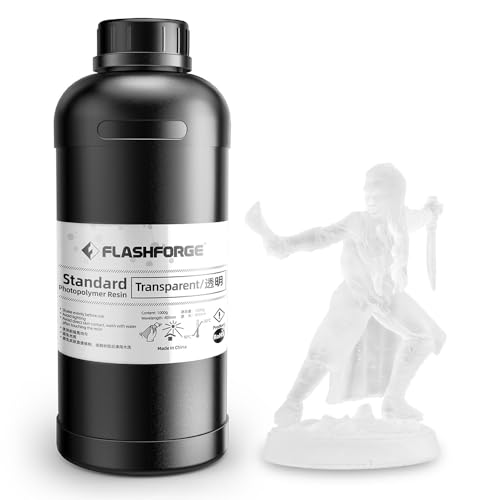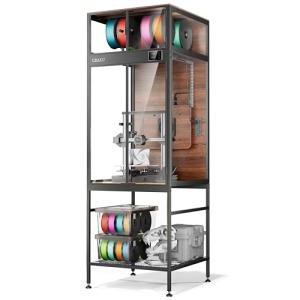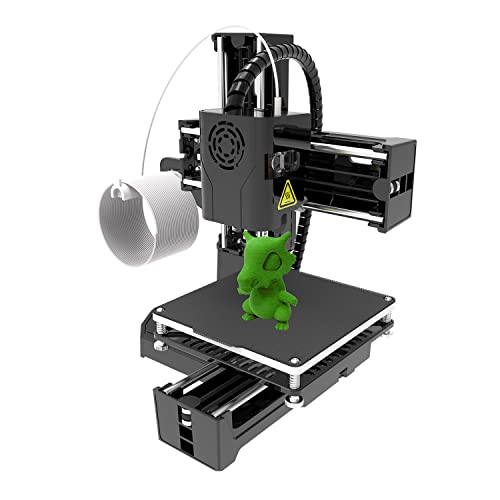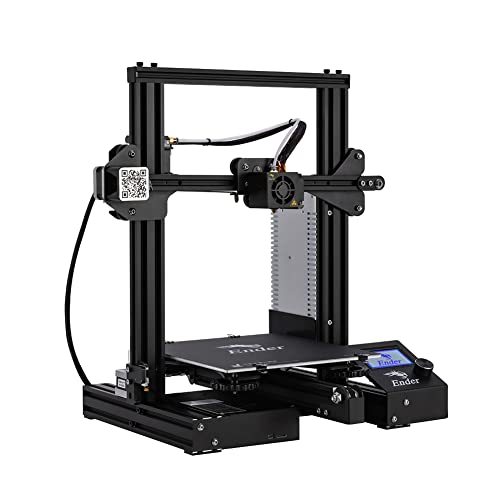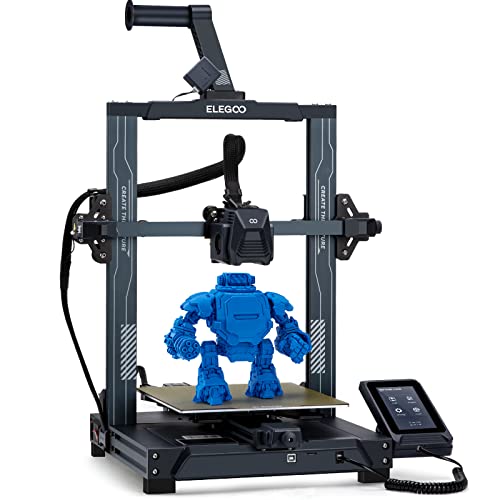When diving into the world of 3D printers, it’s key to wrap your head around the essential features. These 3D Printer Specifications can make or break your printing experience, so let’s break it down into the must-know components.
First up is the print volume. It’s all about space—how big can your 3D printer actually build? If you're dreaming of huge models, look for a larger print volume. Most hobbyists find something around 200 x 200 x 200 mm works just fine, but you'll need a bigger one for larger projects.
Next, check out the layer resolution, which tells you how fine your prints can be. Measured in microns, a printer with lower micron numbers can produce smoother details. If you're after super slick finishes for miniatures or intricate designs, aim for printers that offer 50 microns or less.
Another biggie is the printing speed. This refers to how quickly the printer works. It varies widely, and while you might be tempted to go for the fastest, remember that quality often takes a hit. A good balance is around 50-100 mm/s—quick enough for most needs while still maintaining decent quality.
Don’t forget about connectivity options too. Some printers connect via USB, while others support Wi-Fi or SD cards. Think about what works best for your setup. If you want to print straight from your laptop, make sure the printer has that option. Keeping these 3D Printer Specifications in mind will help you find the perfect machine for your needs!
Decoding Print Quality and Speed
When diving into 3D printer specifications, two big players come into play: print quality and speed. Understanding these factors can make your decision so much easier. Let's break them down.
Print quality is all about how crisp and detailed your final product looks. It’s typically measured in microns, which tell you how thick each layer of the print is. A printer with lower micron measurement—like 50 microns—will give you finer details compared to one with 200 microns. If you’re looking to create intricate designs, going for a printer with better resolution makes a huge difference.
Now, speed is equally vital. It’s nice to have a high-quality print, but if it takes ages, that can be a dealbreaker. Speed is measured in millimeters per second (mm/s). A printer that can crank out 100 mm/s will have you holding your new creation much quicker than one that prints at only 30 mm/s. Keep in mind that higher speeds can sometimes mean sacrificing a bit of quality, so finding that balance is key.
When you’re checking out 3D printer specifications, look for a model that strikes a nice balance between high print quality and decent speed. Ask yourself what your primary needs are—if you're making prototypes, speed might be your top priority. But if you're focused on miniatures or detailed models, go for quality. Knowing these terms will give you the confidence to pick the perfect printer for your projects.
FlashForge Clear 3D Printer Resin 1000G Fast Curing
Get high-quality prints with this fast-curing resin that's perfect for detailed projects
Product information
$16.99
Product Review Score
4.12 out of 5 stars
61 reviewsProduct links
Exploring Filament Types and Compatibility
When diving into the world of 3D printing, understanding filament types is super important. Different filaments have various properties, and knowing which ones work with your printer can save you a lot of headaches. The compatibility of filaments directly relates to your 3D printer specifications, so let’s break it down.
One of the most common types is PLA (Polylactic Acid). It’s user-friendly, great for beginners, and works with almost every 3D printer out there. If you're just starting out, PLA gives you that perfect balance of easy printing and stunning results. It also comes in tons of colors, so you can let your creativity shine.
Then there's ABS (Acrylonitrile Butadiene Styrene), which is popular for its durability. It’s great for functional parts, but it does come with a few quirks. This filament requires a heated bed and good ventilation because it can warp if it cools too quickly. Always check your 3D printer specifications to see if you're set up for this kind of filament.
If you want something different, you’ve got PETG (Polyethylene Terephthalate Glycol). It falls in between PLA and ABS, offering strength and flexibility without the hassle of warping. Many printers can handle PETG, making it a solid choice for projects where you need extra toughness.
Ultimately, choosing the right filament boils down to your printer’s capabilities and what you want to create. Make sure to match your filament choice with your 3D printer specifications to get the best performance from your machine. Happy printing!
Crafit 3D Printer Cabinet with Filament Storage
Keep your 3D printing area organized and stylish with this cabinet designed for your printer and filament
Product information
$449.99
Product Review Score
4.82 out of 5 stars
146 reviewsProduct links
Choosing the Right Build Size for You
Here’s a quick rundown on what to consider:
Also, remember that 3D Printer Specifications like build height and width matter! A printer with a larger volume means you can go big with your ideas. Just be sure you pick a model that fits your needs without breaking the bank.
A little planning goes a long way. Stick to what feels right for you, and you'll find the perfect printer to bring your ideas to life!
